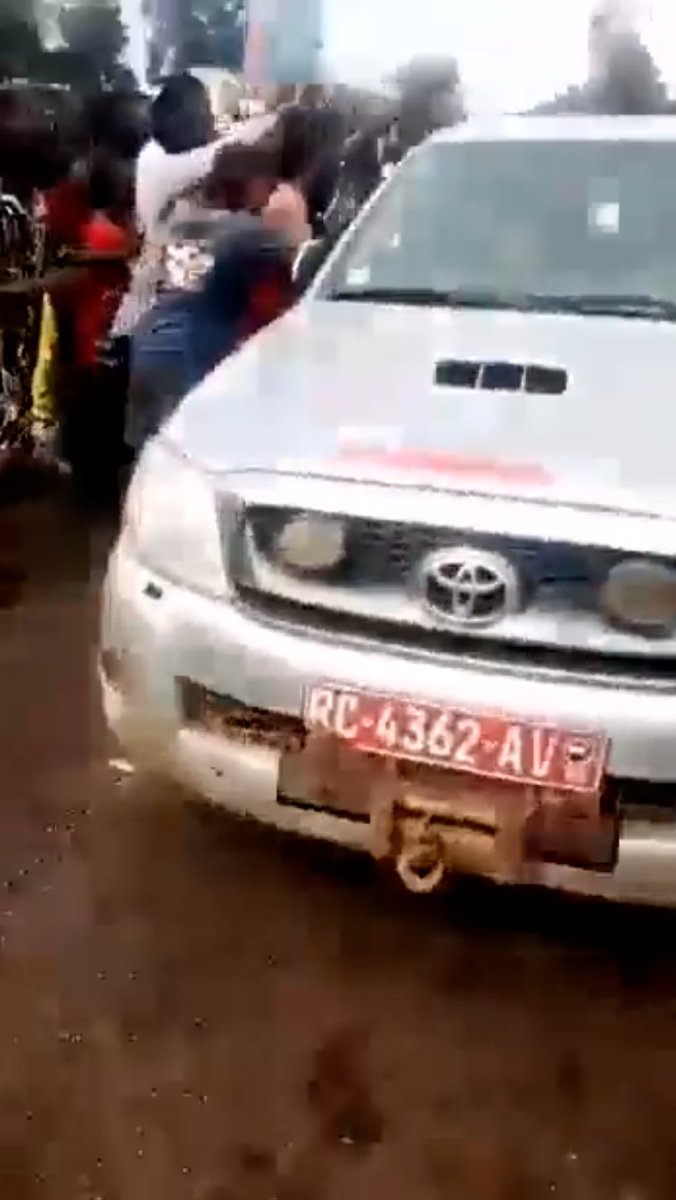
The United States military failed to conduct even the most simple internet searches before dismissing reports of civilian casualties, our investigation of confidential Pentagon documents reveals. nytimes.com/2021/12/31/us/…
This visual investigation is based on documents obtained by @AzmatZahra through FOIA requests and a lawsuit against the Pentagon. The trove chronicles how the U.S. military assessed — and often dismissed — alleged civilian casualty incidents during its air war in Iraq and Syria.
We found the Pentagon’s civilian casualty assessment process was riddled with inconsistencies. In one assessment, reviewers spent a great deal of time scouring evidence; in others, they apparently failed to do a simple Google Maps search or check Arabic sources.
Our review of 80 assessments deemed noncredible, along with interviews with experts and current and former military personnel, points to systemic problems. Here’s some examples where we found the likely location of an incident when the Pentagon could not:
(1) Claim, via Iraqi Spring Media Center: 30 killed in Mosul’s Siha neighbourhood
(2) Pentagon: noncredible, Siha doesn’t correlate with known districts of West Mosul
(3) VI: Siha is easy to locate on Google Maps


(2) Pentagon: noncredible, Siha doesn’t correlate with known districts of West Mosul
(3) VI: Siha is easy to locate on Google Maps



(1) Claim, via @airwars: 2 killed in Al-Bab al-Gharbi neighborhood in Hit, Iraq
(2) Pentagon: Incorrectly looked for “Al-Bab” and “Al-Gharbi” as if they were two distinct areas
(3) VI: It’s one neighborhood, easy to find via Google Maps and Wikimapia


(2) Pentagon: Incorrectly looked for “Al-Bab” and “Al-Gharbi” as if they were two distinct areas
(3) VI: It’s one neighborhood, easy to find via Google Maps and Wikimapia



(1) Claim, via @airwars: 8 people killed in Jerri neighborhood in Hit, Iraq
(2) Pentagon: Unclear where that is
(3) VI: Easy to find on Wikimapia, but only if you search in Arabic


(2) Pentagon: Unclear where that is
(3) VI: Easy to find on Wikimapia, but only if you search in Arabic



1️⃣ Claim, via Syrian Observatory for Human Rights: 10 killed, 16 wounded in Maskana in Aleppo province, Syria
2️⃣ Pentagon: We didn’t conduct strikes near Maskana in Homs, Syria
3️⃣ VI: Sources specify Maskana in Aleppo, not Homs


2️⃣ Pentagon: We didn’t conduct strikes near Maskana in Homs, Syria
3️⃣ VI: Sources specify Maskana in Aleppo, not Homs



1️⃣ Claim, via @airwars: 8-30 killed in strike on funeral; video shows aftermath in courtyard
2️⃣ Pentagon: We can’t access video and didn’t conduct strikes in/near Khatuniyah cemetery
3️⃣ VI: No one mentioned Khatuniyah; easy to find video and locate courtyard


2️⃣ Pentagon: We can’t access video and didn’t conduct strikes in/near Khatuniyah cemetery
3️⃣ VI: No one mentioned Khatuniyah; easy to find video and locate courtyard



In the example above, a trip to the scene by @AzmatZahra confirmed at least 11 people were killed as a group had gathered to mourn a retired Iraqi colonel. Ridhwan Ahmed Aziz Sanjari, who lost two of his brothers and his cousin in the airstrike, said, “I just wanted to know why.” 



But that answer to why the U.S. targeted his home never came — the reviewers dismissed the allegation since they mistakenly believed the gathering was at a cemetery and didn’t review the video showing the gathering was at a family home.
In response to questions from The Times, @CENTCOM spox said the military reviews all reports of civilian harm irrespective of source and pointed to the military’s commitment to “conducting investigations, applying critical lessons learned and acknowledging the civilian harm.”
But our questions concerned only assessments that were prematurely dismissed — before they could even reach the point of investigation. The CENTCOM spox did not comment on the types of assessment errors identified by the Visual Investigations team.
While the Pentagon has said it is committed to investigating its own mistakes, our investigations, including the examples above, raise serious questions about the capability, or willingness, of the U.S. military to accurately count civilian casualties from its air war.
Please read our full investigation, and have a look at the documents yourself, here: nytimes.com/2021/12/31/us/…
This investigation wouldn’t have been possible without the amazing @AzmatZahra and @lilahass, as well as our core VI team @heytherehaIey @ckoettl @whitney_hurst @bottidavid @markscheffler @DrewJordan_NYT. Special thanks also to @mattbpurdy and @vmramos …
… and contributions by many others including @jefftparrott, @Hibamyazbek, @cheesemanab, @PLBarghouty, and @Momen_muhanned. Thanks @chrisjwoods @marcgarlasco @Sahrmally @LarryLewis_ @joanna_nm @priyanica @danmahanty for giving expert feedback.
If you haven’t already, read Part 1 and Part 2 of The Civilian Casualty Files — deep dives into the Pentagon’s documents and the human toll of the air war. nytimes.com/spotlight/the-…
For more work from the VI team, including our investigation into this summer’s botched U.S. drone strike in Kabul, visit our landing page. Happy New Year to y’all, may we have more accountability journalism. nytimes.com/spotlight/visu…
• • •
Missing some Tweet in this thread? You can try to
force a refresh












